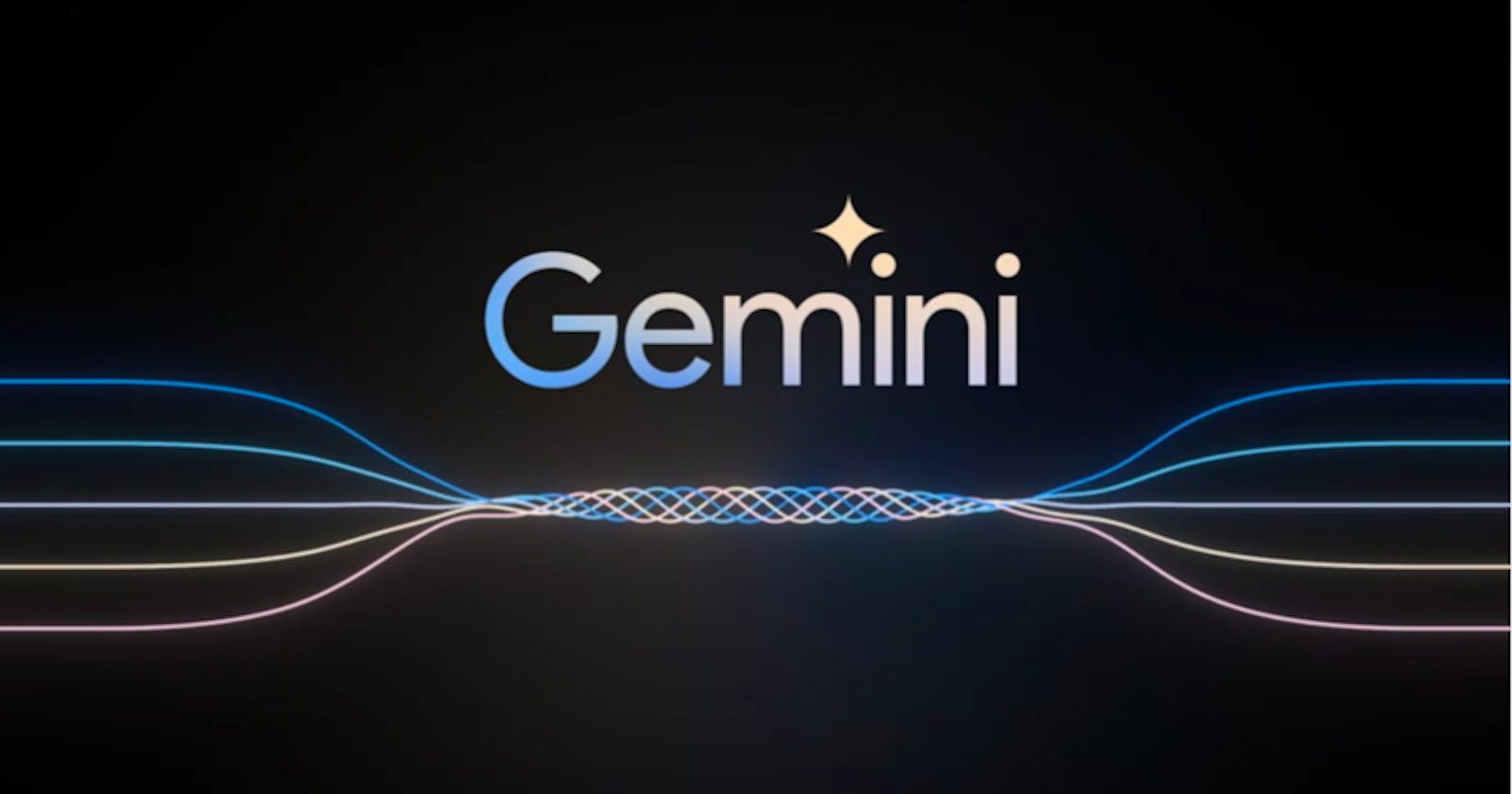Exploring Gemini AI by Google: Multimodal Capabilities and Diverse Applications
Introduction to Gemini AI Model
Google's Gemini AI Model represents a significant leap in the field of artificial intelligence. Announced on December 6, 2023, by Alphabet's Google DeepMind, this family of multimodal artificial intelligence (AI) large language models is designed to revolutionize how machines understand and interact with the world. Unlike traditional AI models that focus on single aspects of data interpretation, such as text or images, Gemini's approach is holistic, encapsulating audio, code, and video understanding.
Historical Context and Evolution
To appreciate Gemini's innovation, it's essential to understand its roots. Google has been at the forefront of AI development for years, with notable projects like TensorFlow, BERT, and the Pathways Language Model (PaLM 2). Each of these projects marked a step forward in AI's ability to process and understand complex datasets. Gemini, however, takes this a step further by integrating these capabilities into a single, more cohesive framework.
Technical Framework and Design Philosophy
At its core, Gemini is built on the principle of multimodality. This design choice reflects the understanding that real-world data is rarely unimodal. By training on diverse datasets that include text, images, audio, and code, Gemini can develop a more nuanced understanding of complex queries and tasks.
How Gemini AI Model Works
Training and Data Processing
Gemini's training process involves a massive corpus of data encompassing various formats. It utilizes advanced neural network techniques, allowing it to be trained end-to-end on datasets spanning multiple data types. This approach is pivotal for its multimodal nature, enabling cross-modal reasoning abilities.
Cross-modal Reasoning Abilities
A key feature of Gemini is its cross-modal reasoning. This ability allows the model to draw inferences and make connections across different types of data. For instance, it can correlate textual information with relevant images or videos, a capability that's extremely useful in fields like medical diagnosis, where visual symptoms must be matched with medical literature.
Features and Capabilities
Multimodality and Model Variants
Gemini's multimodality is not just about understanding different data types but also about integrating them seamlessly. The model is available in three variants - Ultra, Pro, and Nano - each optimized for different scales and applications. This flexibility ensures that Gemini can be used for a wide range of purposes, from lightweight mobile applications to heavy-duty research tasks.
Advanced Language Processing
Building on the legacy of models like BERT and PaLM, Gemini excels in natural language processing. This ability is crucial for tasks like language translation, content creation, and even complex problem-solving in domains like math and physics.
General Use Cases
Diverse Application Spectrum
Gemini's application spectrum is broad and impactful. Its capabilities extend to various fields:
Education and Research: In educational settings, Gemini can assist in complex problem-solving and serve as an advanced tool for research, especially in interdisciplinary studies that require a combination of textual, visual, and numerical data analysis.
Creative Industries: For creative industries, Gemini's ability to understand and generate content can revolutionize graphic design, video production, and multimedia art. Its capacity to generate logos and image captions in multiple languages is just the tip of the iceberg.
Technology and Development: In the tech sphere, Gemini aids in coding, algorithm development, and even the creation of advanced AI chatbots and internal search engines for businesses.
Healthcare and Diagnostics: In healthcare, Gemini's multimodal approach can significantly enhance diagnostic accuracy by correlating medical imagery with clinical reports and patient data.
Conclusion
Google's Gemini AI Model is not just an advancement in AI technology; it's a paradigm shift in how we perceive and utilize artificial intelligence. By bridging the gap between different data types and providing a platform that understands the complexity of the real world, Gemini stands as a testament to the potential of AI in shaping our future. Its implications are vast, stretching across industries and impacting every facet of our digital experience.

